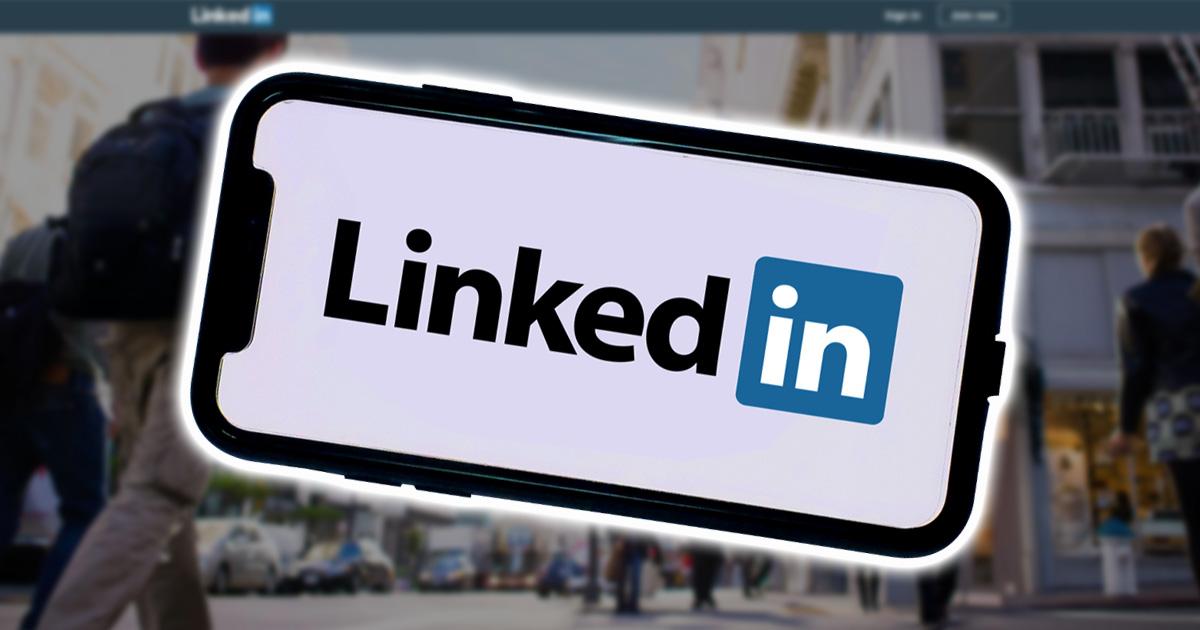LinkedIn Email Reset Scams: What To Do & How to Avoid It

With its extensive professional network, LinkedIn has become a major target for cybercriminals. One prevalent threat is the LinkedIn password reset email scam. Understanding this scam and knowing how to protect yourself is crucial to keeping your account secure.
What is the LinkedIn password reset email scam?
The LinkedIn password reset email scam is a deceptive tactic used by cybercriminals to gain unauthorized access to your LinkedIn account. Scammers send emails that seem to come from LinkedIn, asking you to reset your password. These emails usually have a link that leads to a fraudulent LinkedIn login page. When you enter your login details on this fake page, the scammers collect your information and take over your account.
Scam emails are designed to look legitimate, with LinkedIn logos and formatting. Often, they create a sense of urgency, claiming unusual activity on your account or an attempt to reset your password from an unknown location. This prompts users to act quickly without verifying the email’s authenticity. In some cases, these emails even address you by name to seem more convincing.
These emails might also mention IP addresses or locations where the supposed login attempts occurred. This adds to the fear and urgency, making you more likely to click on the link without second thoughts. Phishing emails can be sophisticated, using well-crafted messages that closely mimic legitimate LinkedIn communications. This makes it essential to always be cautious and scrutinize such emails thoroughly before taking any action.
What can you do if you’re victimized?
If you receive a suspicious LinkedIn password reset email, take immediate action to secure your account:
- Avoid clicking any links in the email. Instead, visit the LinkedIn website directly by typing the URL into your browser or using the LinkedIn app. This ensures you are accessing the official LinkedIn site.
- Change your LinkedIn password immediately from within the LinkedIn website or app. Ensure you use a strong, unique password that you haven’t used elsewhere. A robust password usually combines uppercase and lowercase letters, numbers, and special characters.
- Activate two-factor authentication (2FA) to add an extra level of security. This process requires you to enter a code sent to your phone or generated by an authenticator app, in addition to your password. Two-factor authentication greatly decreases the risk of unauthorized access, even if your password is breached.
- Check your account for any unauthorized activity. Look for messages you didn’t send, connections you didn’t make, or profile changes you didn’t authorize. This helps you identify any potential breaches early and take corrective action.
- Report the phishing attempt to LinkedIn. LinkedIn has a dedicated team to handle security issues and can help protect your account from further attacks. Reporting these attempts helps LinkedIn track and take down phishing operations, protecting other users as well.
How can you avoid being victimized?
Preventing phishing on LinkedIn involves being vigilant and following best practices for online security:
- Exercise caution with unexpected emails. LinkedIn will not ask for your password through email. If an email seems suspicious, avoid clicking any links or sharing personal information. Always be wary of unsolicited messages, especially those that urge immediate action.
- Verify the sender’s email address. Official LinkedIn emails come from addresses ending in “@linkedin.com.” If the email address looks different, it might be a scam. Double-checking the sender’s email can help you quickly identify phishing attempts.
- Check for generic greetings. Scammers often use generic terms like “Dear User” instead of your name. LinkedIn emails will usually address you by your full name. Personalized greetings are a good indicator that the email is legitimate.
- Hover over links to see the URL. Hover over links in the email before clicking to check their destination. If the URL doesn’t start with “https://www.linkedin.com,” it’s likely a phishing attempt. This simple step can prevent you from inadvertently visiting malicious websites.
- Use security software. Tools like Bitdefender Scamio can help identify scams and scammers, providing an extra layer of protection. Security software can identify and block phishing attempts before they reach your inbox.
- Keep your software up to date. Regularly updating your operating system, browser, and security software ensures you have the latest protections against phishing and other online threats. Cybercriminals frequently take advantage of weaknesses in outdated software.
- Learn about common phishing tactics. Knowing how these scams operate can make it easier to recognize them. Keep updated on the latest phishing schemes and share this information with others.
- Use a password manager. Tools like 1Password help you generate strong, unique passwords for each account and provide features like auto-filling login details, which can lower the risk of falling for phishing scams.
What other LinkedIn scams should you be aware of?
In addition to the LinkedIn password reset email scam, there are several other scams to watch out for:
1. LinkedIn Phishing Scams
These involve messages from fake profiles or connections that try to steal your personal information. Always confirm that messages and profiles are legitimate before replying. Be cautious of connection requests from unfamiliar people, especially those who immediately ask for sensitive information.
2. LinkedIn Fake Recruiter Scams
Scammers pose as recruiters offering fake job opportunities. They might request personal details, like your social security number or bank information, pretending it’s for processing your application. Legitimate recruiters will never ask for such details upfront.
3. LinkedIn Romance Scams
Cybercriminals use LinkedIn to initiate romantic relationships and eventually request money from their victims. Exercise caution with personal messages from unfamiliar contacts. If someone you don’t know starts expressing romantic interest, proceed with caution and never send money.
4. LinkedIn Technical Support Scams
Scammers monitor discussions related to software or technical issues and pose as legitimate tech support. They may request remote access to your device or ask you to install malware disguised as troubleshooting tools. Always verify the credentials of anyone offering technical support and avoid giving remote access to your device.
5. LinkedIn Investment Scams
Referred to as “pig butchering,” these scams trick victims into investing in fraudulent cryptocurrency schemes. Initial returns may be provided to build trust, but eventually, the scammer disappears with the invested funds. Be skeptical of unsolicited investment advice and thoroughly research any investment opportunities.
6. LinkedIn Endorsement Scams
Scammers might endorse your skills to build credibility and then ask for favors or promote fraudulent schemes. While endorsements can be flattering, always investigate the profiles of those endorsing you, especially if you don’t know them personally.
7. LinkedIn Fake Job Scams
Fraudsters may create fake job listings to gather personal details from applicants. Always check the authenticity of job postings and companies before applying. If you’re unsure, reach out to the company directly through their official contact methods.
8. LinkedIn Business Opportunity Scams
Scammers pitch too-good-to-be-true business opportunities, often requiring an initial investment. Handle such offers carefully and do thorough research before making any financial investments.
Don’t get victimized by LinkedIn email scams
Staying informed and cautious helps you avoid LinkedIn scam emails. Always verify any email claiming to be from LinkedIn. Use strong passwords, enable two-factor authentication, and report suspicious activity. Knowing about common scams protects your professional network and personal information. Your vigilance ensures a safer LinkedIn experience, letting you build connections and advance your career without worrying about scams. Stay safe and happy networking!

